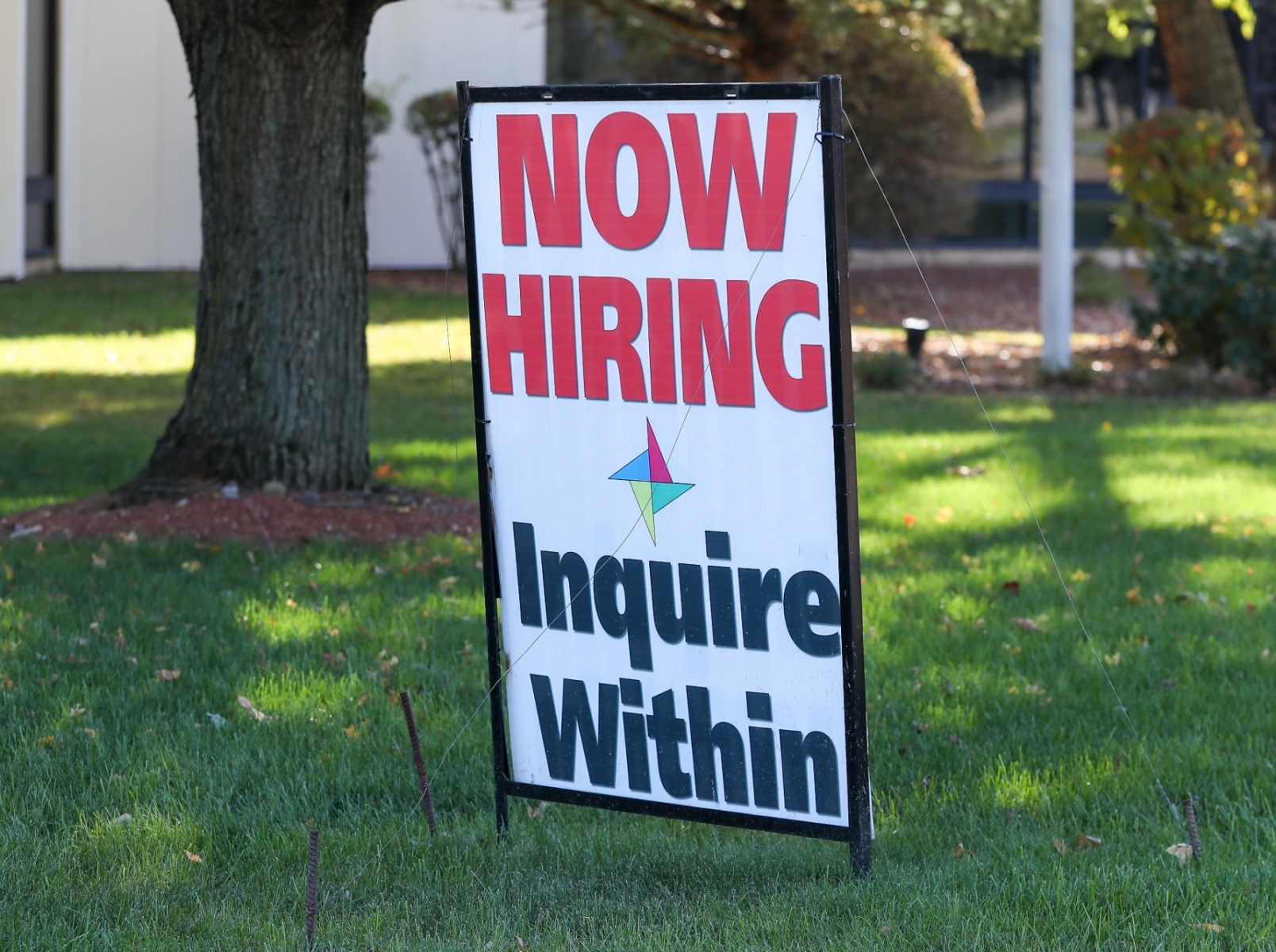5 Strategies for Post-Pandemic Job Search

The “great reset” of the global pandemic changed job search strategies. This next era requires new thinking as some work categories have fewer jobs available.
1. Think of job flexibility as a process of co-creation. Even if a job is advertised as being remote, hybrid, or in-person, it may be that such a statement is only a recommendation, not a requirement. Make sure you’ve determined just how flexible you can or can’t be, and make it a dialog with the employer. Just remember that most, if not all, of your negotiating power is up front, before you accept a position.
2. Emphasize your ability to get the job done. If there is any part of a job that is performed outside the office (and therefore outside the vision of a potentially-watchful boss), the biggest question most employers will have is about reliability. Sure, it would be great if the organization embeds trust into its culture, and doesn’t even question if workers outside the workplace are doing their jobs. But consistent follow-through is especially critical when you and your team-members aren’t in the same place.
3. If you start to sense you may not be a final candidate, see if the employer is open to project work. Many work roles are more competitive than even a few years ago, and many job-seekers complain about repeatedly losing out on job opportunities. Even if you’re looking for full-time work, if you see an opening, at least asking the question about possible project work sends the signal that you’re interested in working with the organization even if it requires you to be more flexible.
4. Treat job boards as just one of multiple job search strategies. Job-hunters increasingly point to the large numbers of openings to which they’ve applied, without hearing back from a single employer. That can be tremendously discouraging. Make sure you are also using creative strategies, such as leveraging your contacts’ contacts, and seeking non-traditional work roles that can leverage your transferable skills.
5. Focus specifically on your own mental and emotional well-being. If indeed you find yourself involved in a search longer than you had anticipated, make sure you are maintaining a positive lifestyle. Eat well. Exercise. Meditate, if that works for you. Keep up regular contact with friends. A positive lifestyle will be reflected in your positive approach to your job search.
Changes in the way the work market works means you have to change your search strategies. Avoid simply repeating the same strategy over and over again: Keep trying new things, and be as creative as you can in the process.








